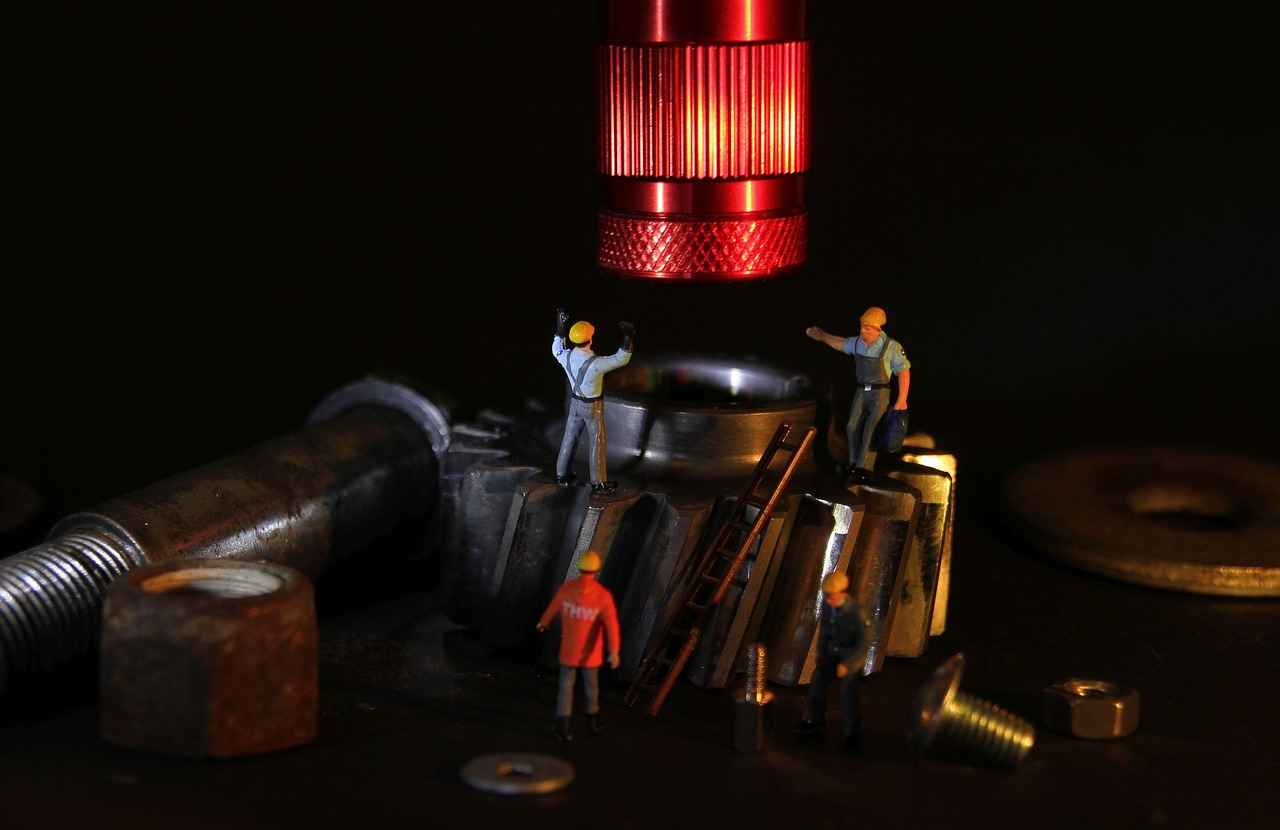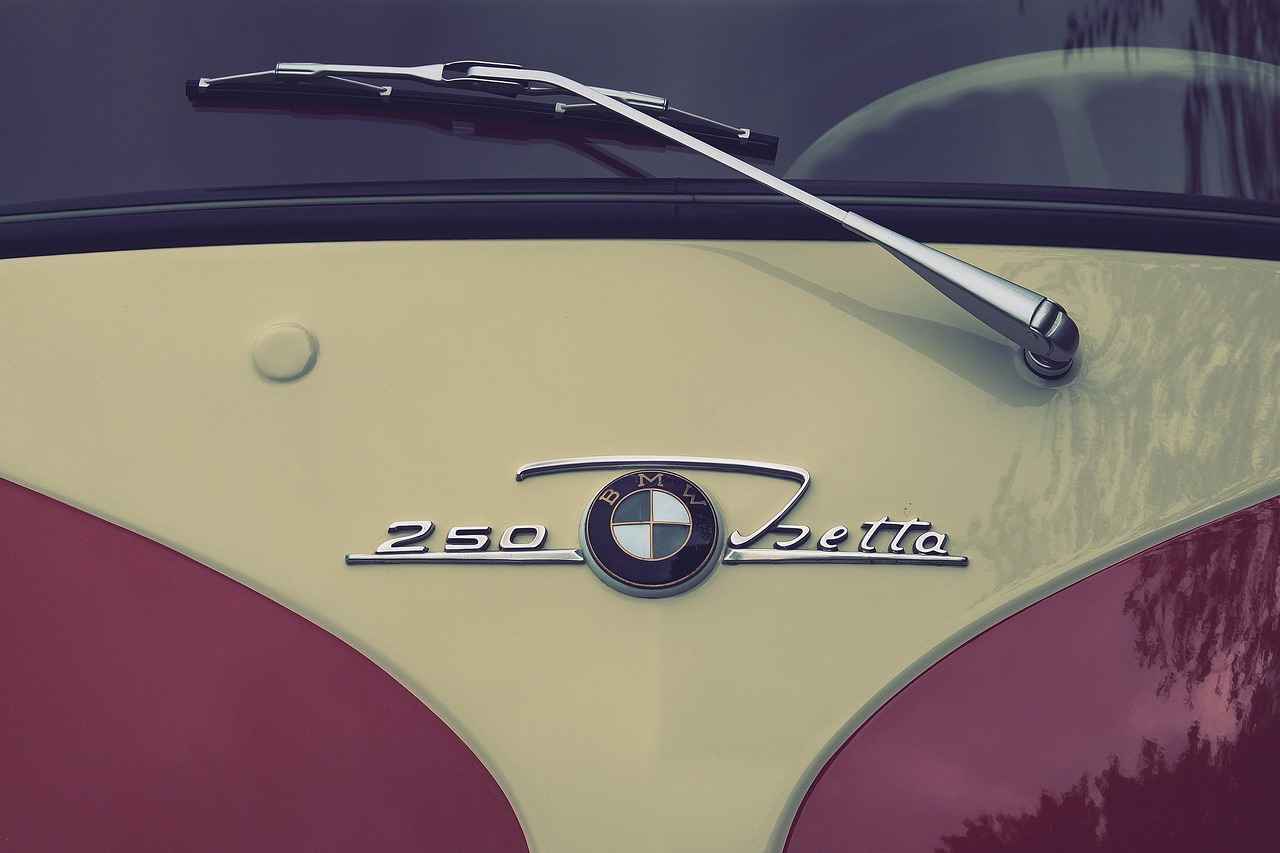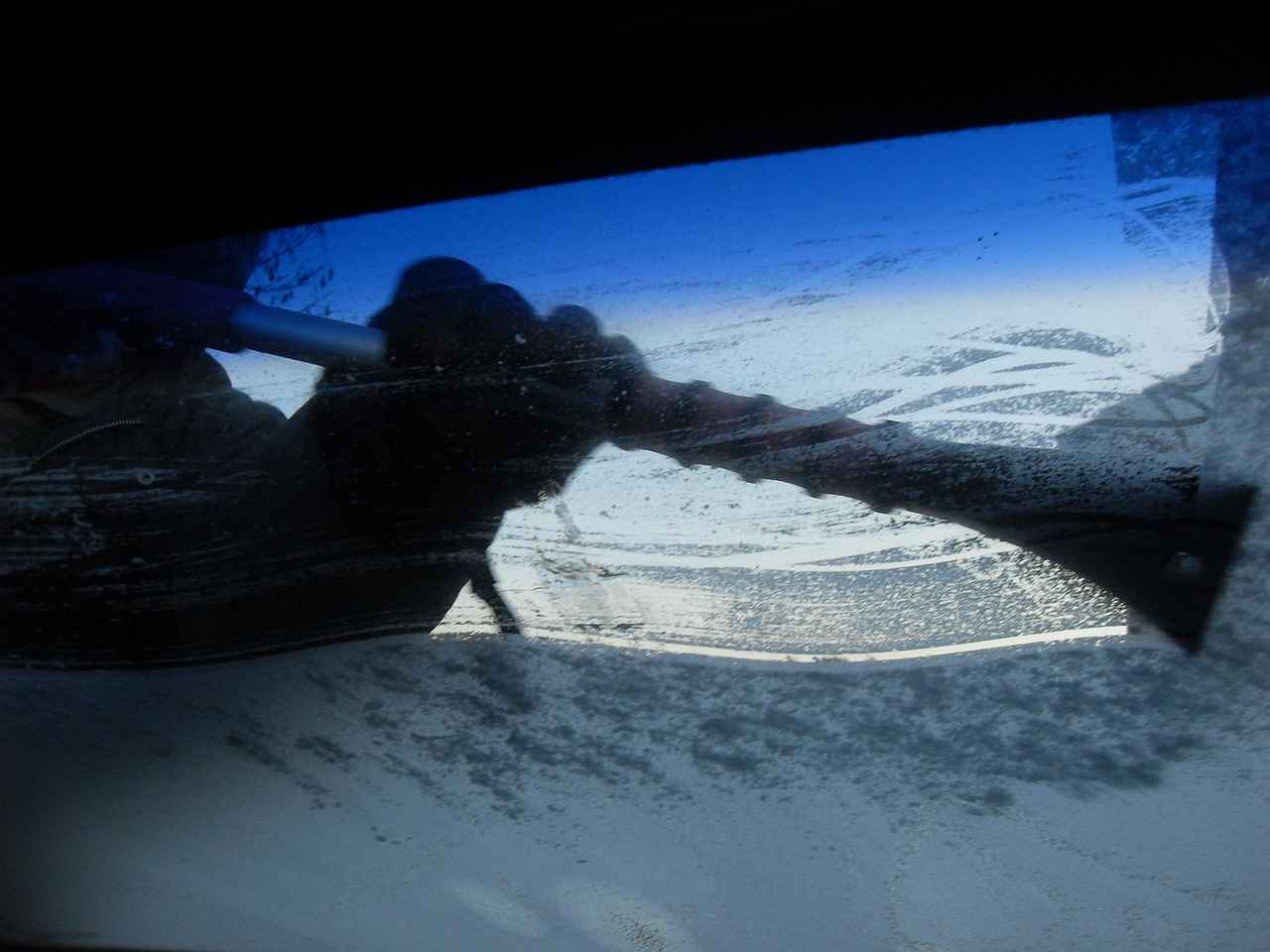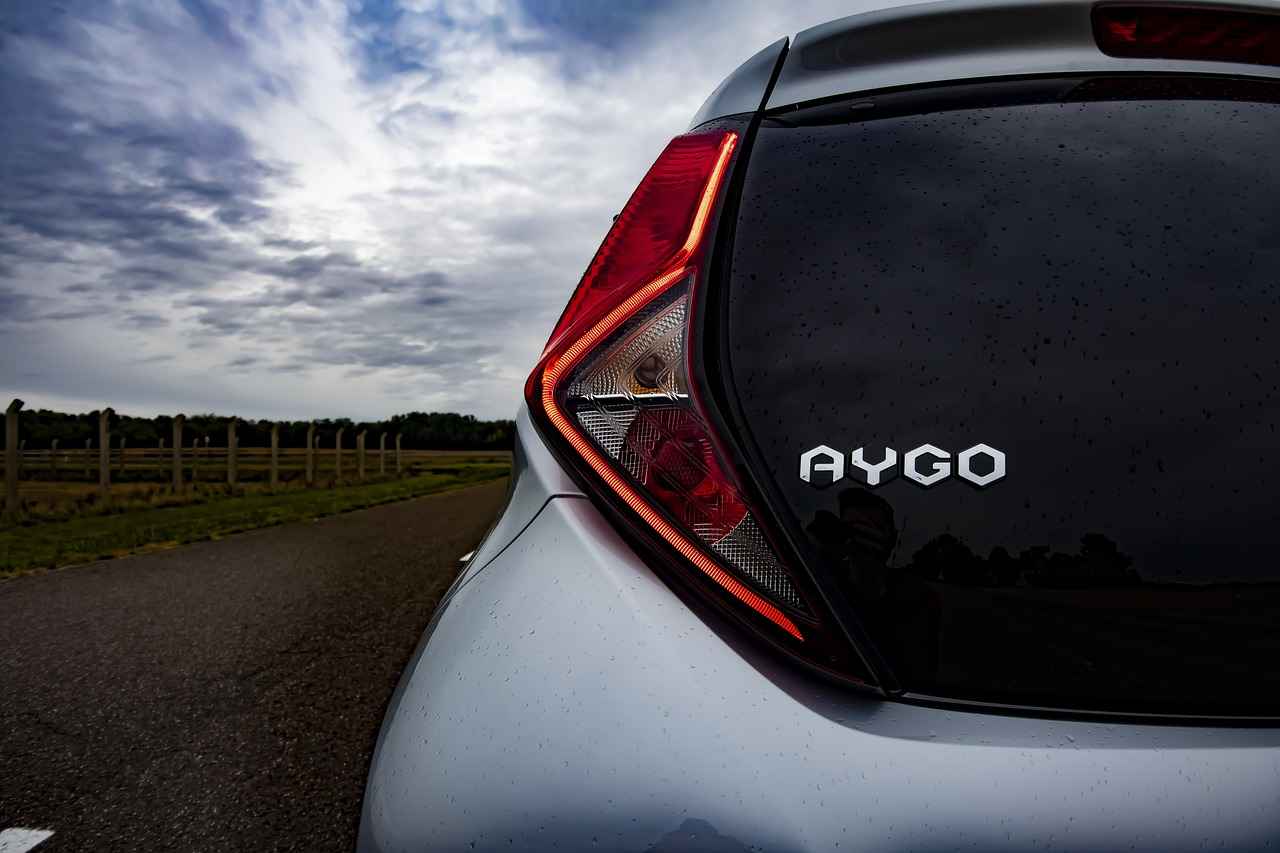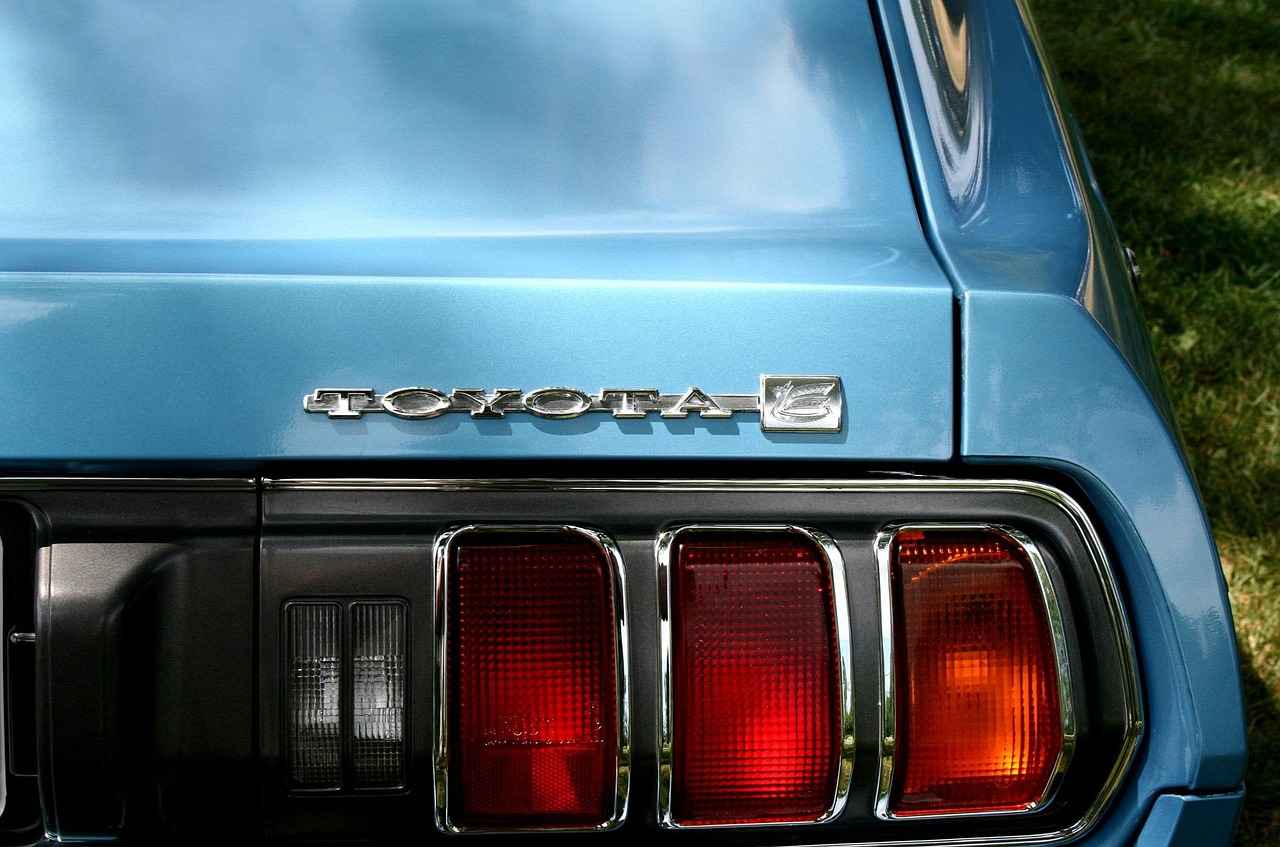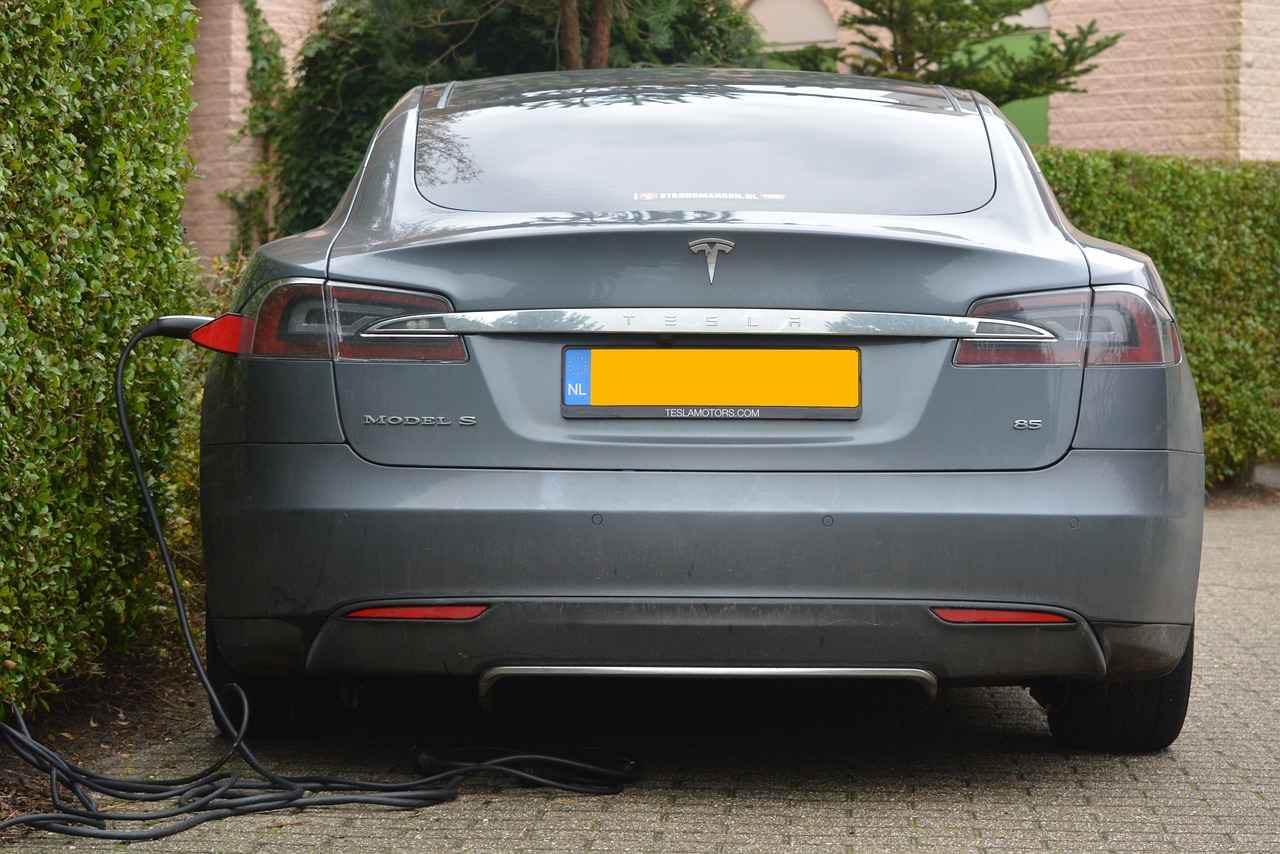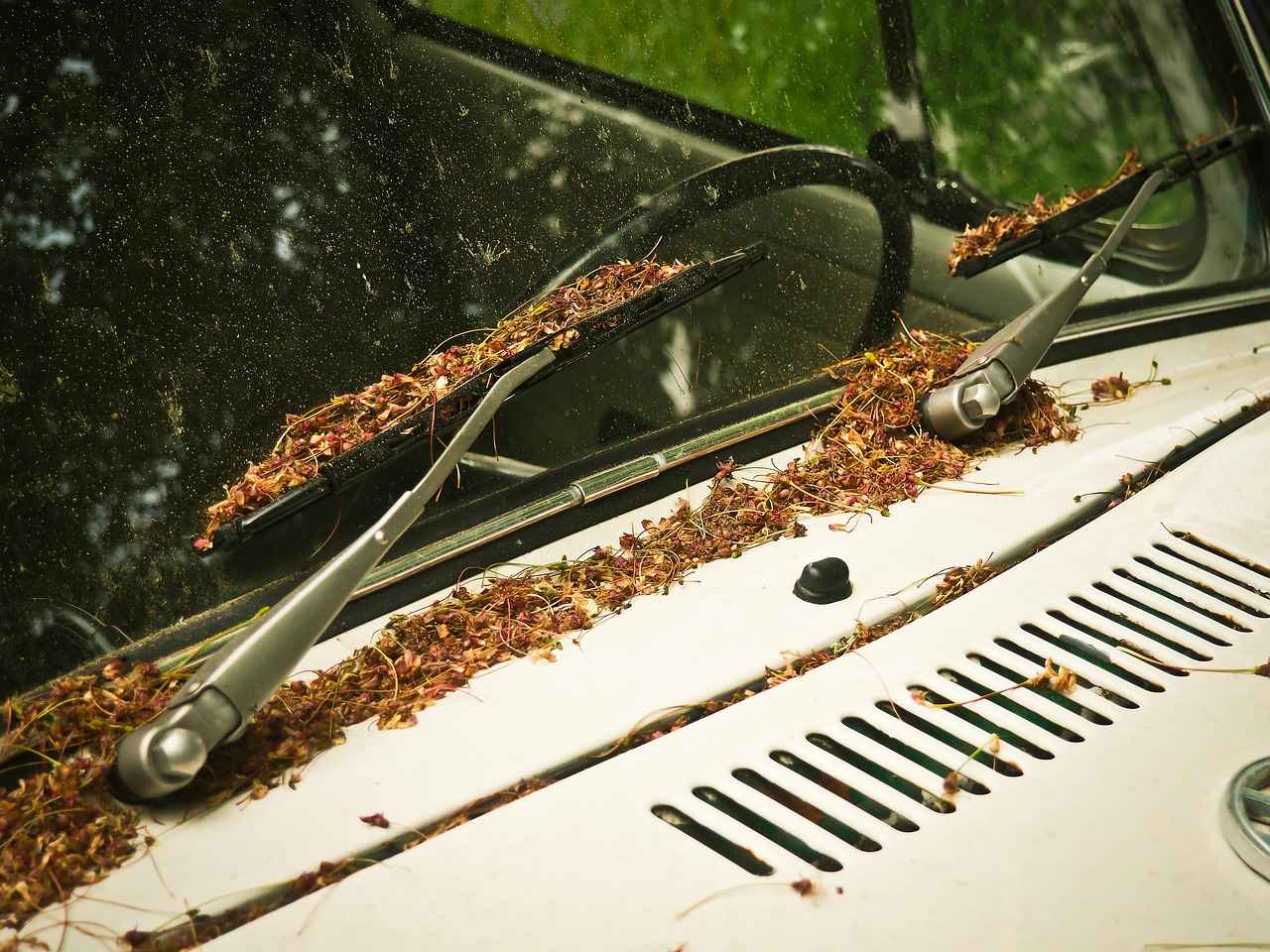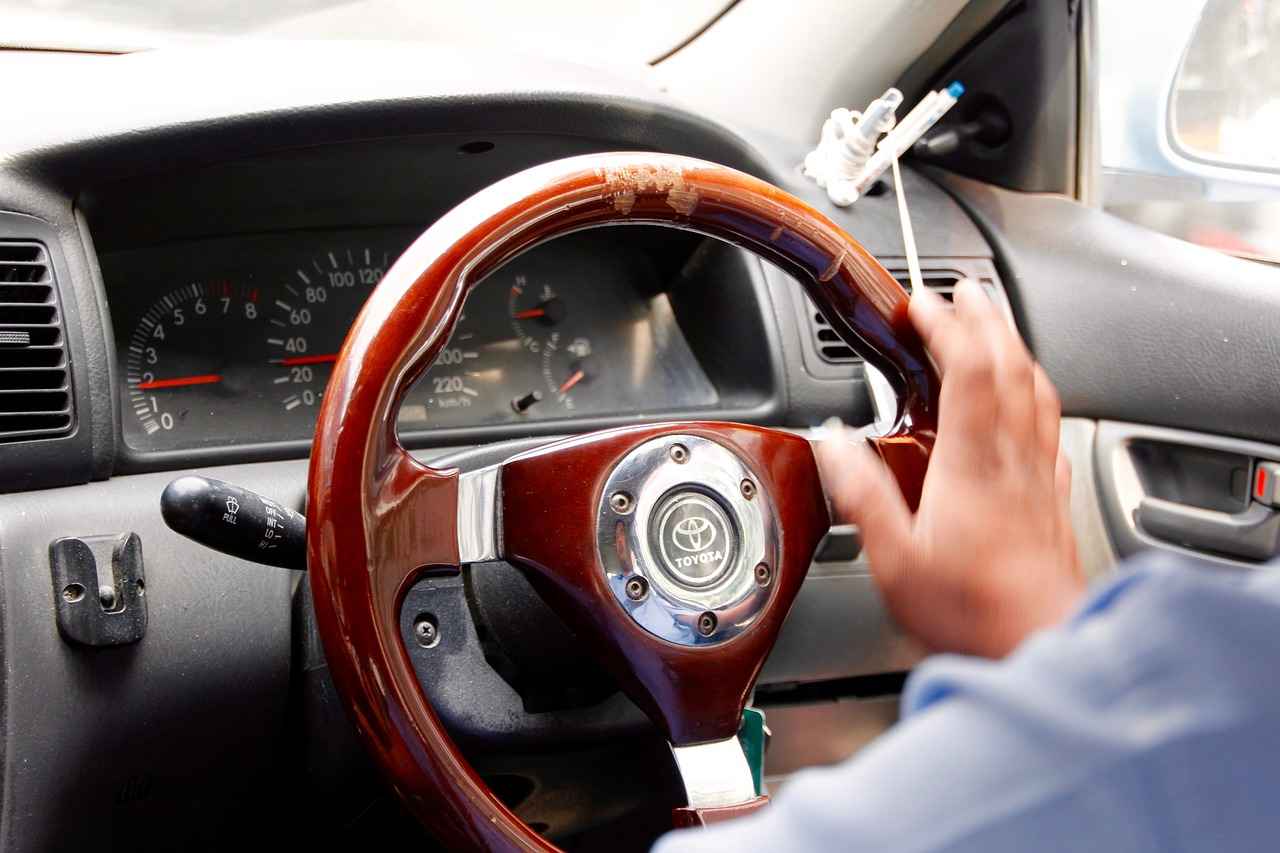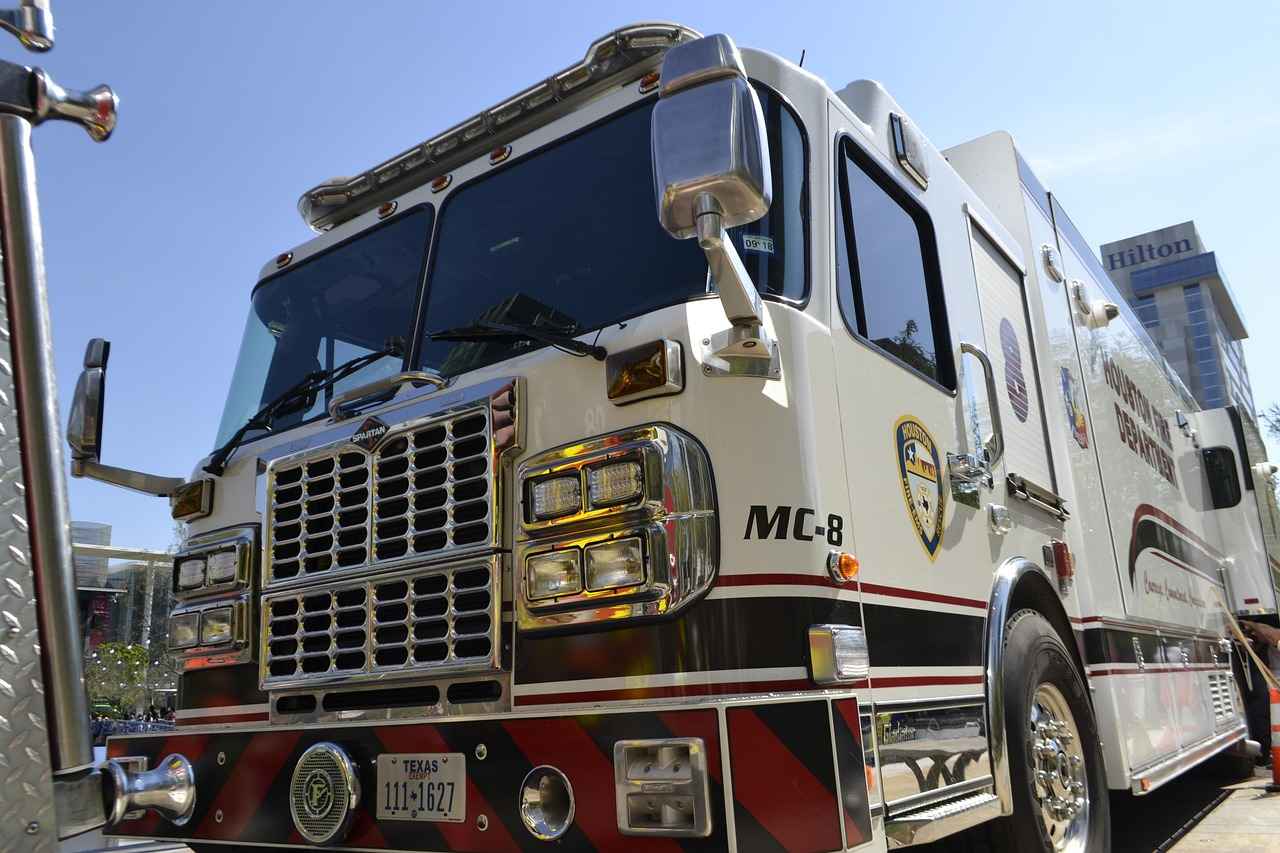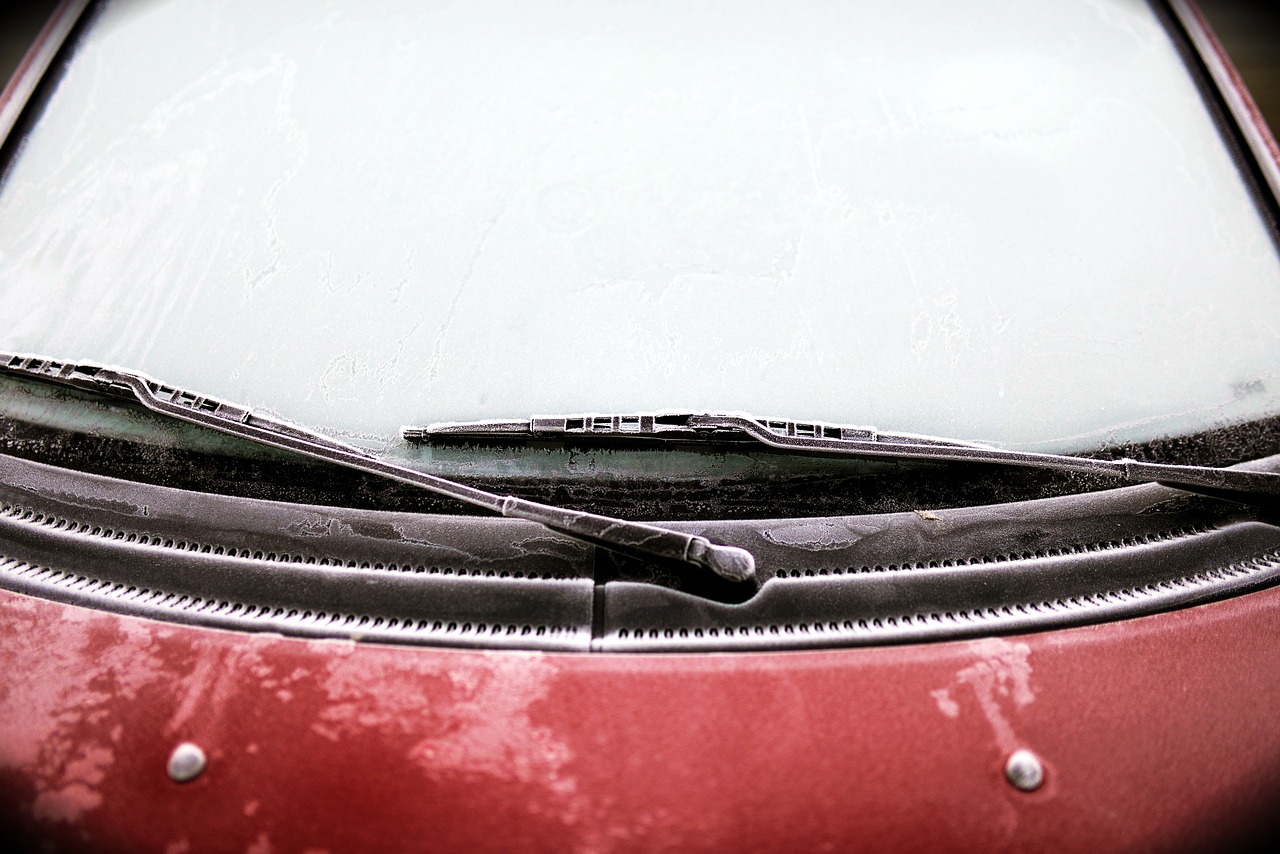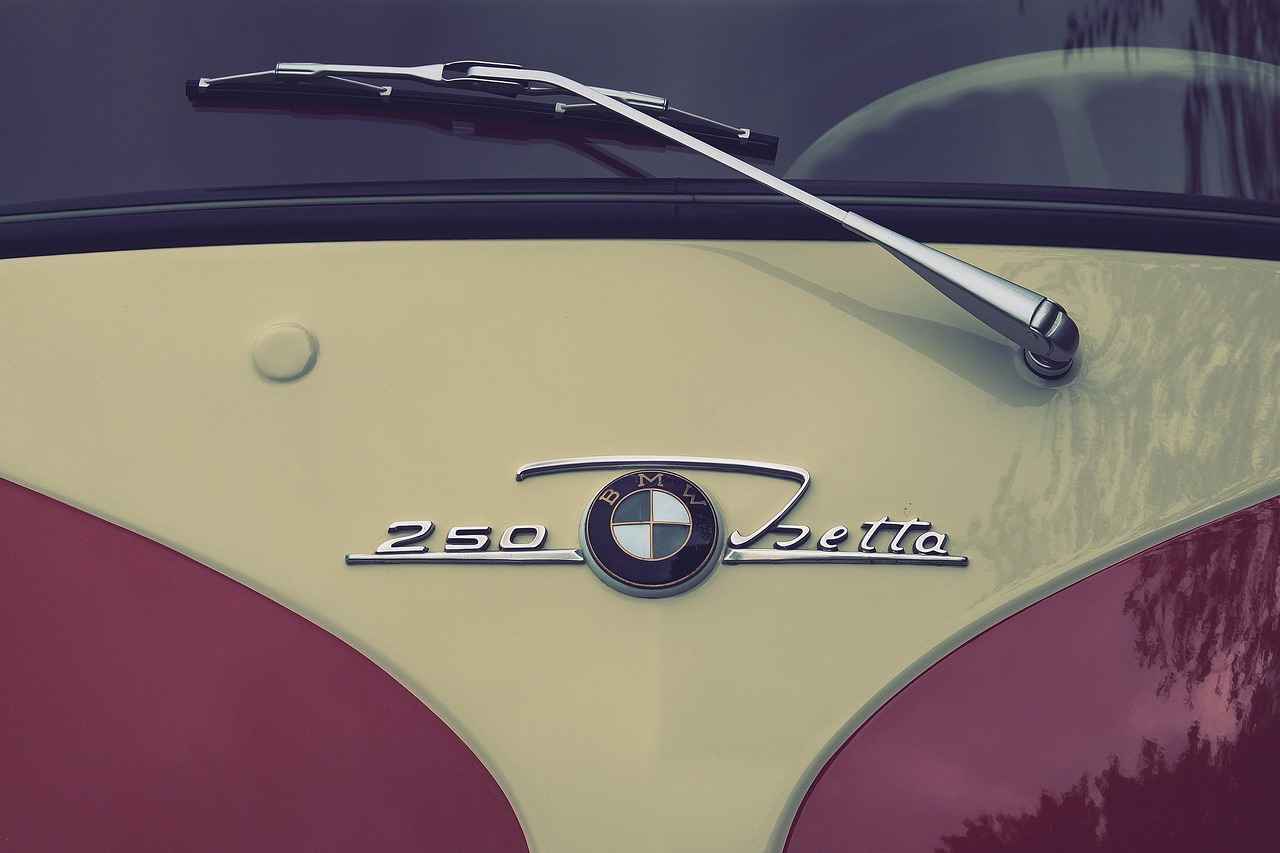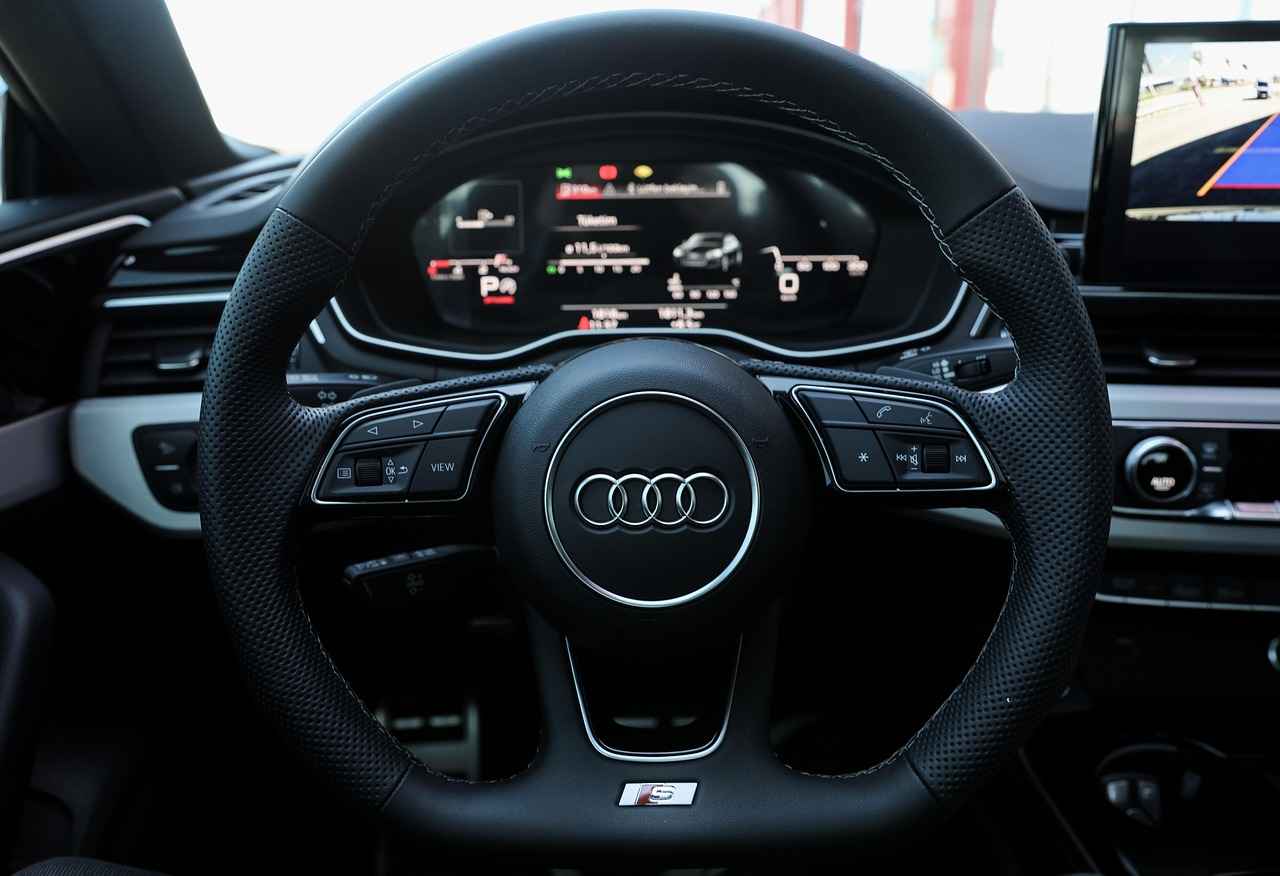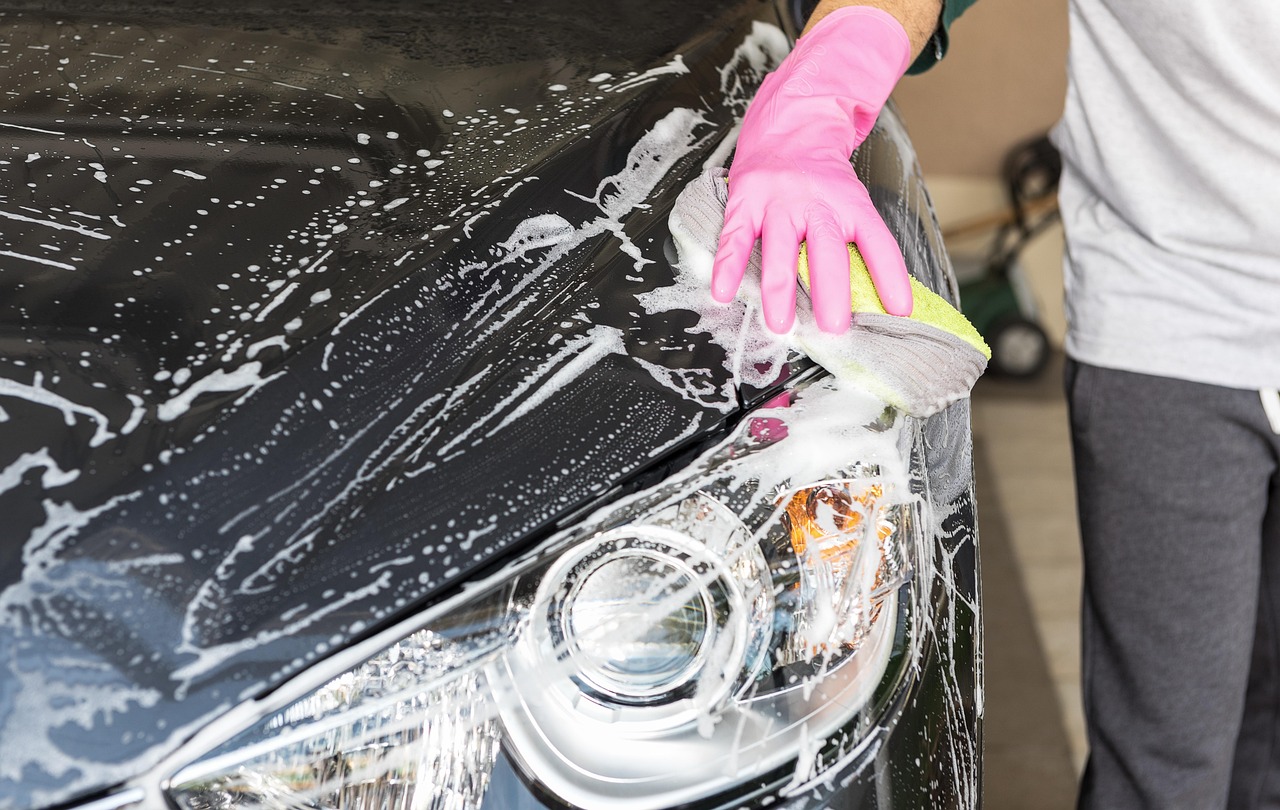This article serves as a comprehensive guide on installing Bosch windshield wipers, ensuring clarity and ease for readers looking to enhance their vehicle’s visibility and safety. Properly functioning windshield wipers are essential for maintaining clear visibility during adverse weather conditions, making their installation a crucial task for vehicle owners.
Bosch windshield wipers are renowned for their durability and performance. Here are some key benefits of selecting Bosch wipers for your vehicle:
- Advanced Technology: Bosch wipers utilize innovative technology that provides superior wiping performance.
- Reliability: They are designed to withstand various weather conditions, ensuring consistent performance.
- Long-lasting: Bosch wipers are engineered for longevity, reducing the frequency of replacements.
Before you begin, it’s essential to gather the right tools. Having the appropriate tools ensures a smooth installation process. Here are the basic tools required:
- Flathead Screwdriver: This is often needed to remove old wipers.
- Clean Cloth: Important for maintaining the windshield and preventing scratches.
- Socket Wrench: Sometimes necessary for loosening bolts on the wiper arm.
Now that you have the tools, it’s time to dive into the installation process. Follow these steps to install Bosch windshield wipers effectively:
The first step involves safely detaching the existing wipers. Here’s how to do it:
1. Lift the wiper arm away from the windshield.2. Locate the release tab on the wiper blade.3. Press the tab and slide the blade off the arm.4. Repeat for the other wiper.
With the old wipers removed, you can now install the new Bosch wipers. Follow these steps:
1. Align the new Bosch wiper blade with the wiper arm.2. Slide the blade onto the arm until you hear a click.3. Gently lower the wiper arm back onto the windshield.4. Repeat for the other wiper.
Even with careful installation, issues may arise. Here are some common problems and their solutions:
If your new wipers aren’t laying flat against the windshield, it could indicate a few potential issues:
- Improper Installation: Ensure the wipers are securely attached to the arm.
- Worn Wiper Arm: Check if the wiper arm is bent or damaged.
Experiencing noise while the wipers are in use can be frustrating. This might happen due to:
- Debris on Windshield: Clean the windshield to remove any dirt or debris.
- Improper Blade Alignment: Ensure the blades are correctly aligned and secured.
By following this guide, you can ensure that your Bosch windshield wipers are installed correctly, enhancing your vehicle’s visibility and safety. Regular maintenance and timely replacements will keep your wipers functioning optimally, providing you with a clear view in all weather conditions.

Why Choose Bosch Windshield Wipers?
When it comes to ensuring a clear view while driving, Bosch windshield wipers stand out as a top choice for many vehicle owners. Their reputation for durability and performance makes them a reliable option. But what exactly makes Bosch wipers the preferred selection for so many? This section delves into the key benefits of choosing Bosch wipers for your vehicle, highlighting their advanced technology and unmatched reliability.
Bosch windshield wipers are engineered with cutting-edge technology that enhances their performance. One of the main features is their Flexibility. Unlike traditional wipers, Bosch wipers are designed to adapt to the curvature of your windshield, ensuring even pressure distribution. This results in a cleaner wipe and minimizes streaking, providing you with maximum visibility during adverse weather conditions.
Another compelling reason to choose Bosch is their durability. Made from high-quality materials, these wipers are built to withstand harsh environmental conditions. Whether it’s rain, snow, or extreme heat, Bosch wipers maintain their performance over time. Users often report that Bosch wipers outlast competitors, making them a cost-effective choice in the long run.
- Quiet Operation: Bosch wipers are designed to operate quietly, reducing noise while in use. This feature is particularly beneficial for those who drive frequently in urban environments.
- Easy Installation: Bosch wipers come with a user-friendly installation mechanism, allowing you to replace your old wipers with minimal effort. Most models feature a quick-release system, which simplifies the process.
- Weather Resistance: The materials used in Bosch wipers are not only durable but also resistant to UV rays and extreme temperatures. This means they can perform optimally in various weather conditions.
Choosing Bosch windshield wipers means opting for reliability. Many drivers have shared their positive experiences, noting that these wipers maintain their effectiveness even after prolonged use. The consistent performance of Bosch wipers helps ensure that you have a clear view of the road, which is crucial for safe driving.
Bosch offers a wide range of wiper blades that are compatible with numerous vehicle makes and models. This versatility means that no matter what you drive, you can find a Bosch wiper that fits perfectly. The availability of different sizes and styles ensures that you can select the best option for your specific needs.
In addition to their performance benefits, Bosch is committed to sustainability. Many of their wipers are made from environmentally friendly materials, which aligns with the growing consumer demand for eco-conscious products. By choosing Bosch, you are not only investing in your safety but also contributing to a healthier planet.
In summary, Bosch windshield wipers offer a combination of advanced technology, durability, and reliability that makes them an excellent choice for any vehicle owner. With features designed to enhance performance and ease of use, Bosch wipers ensure that you can drive safely, regardless of the weather conditions.
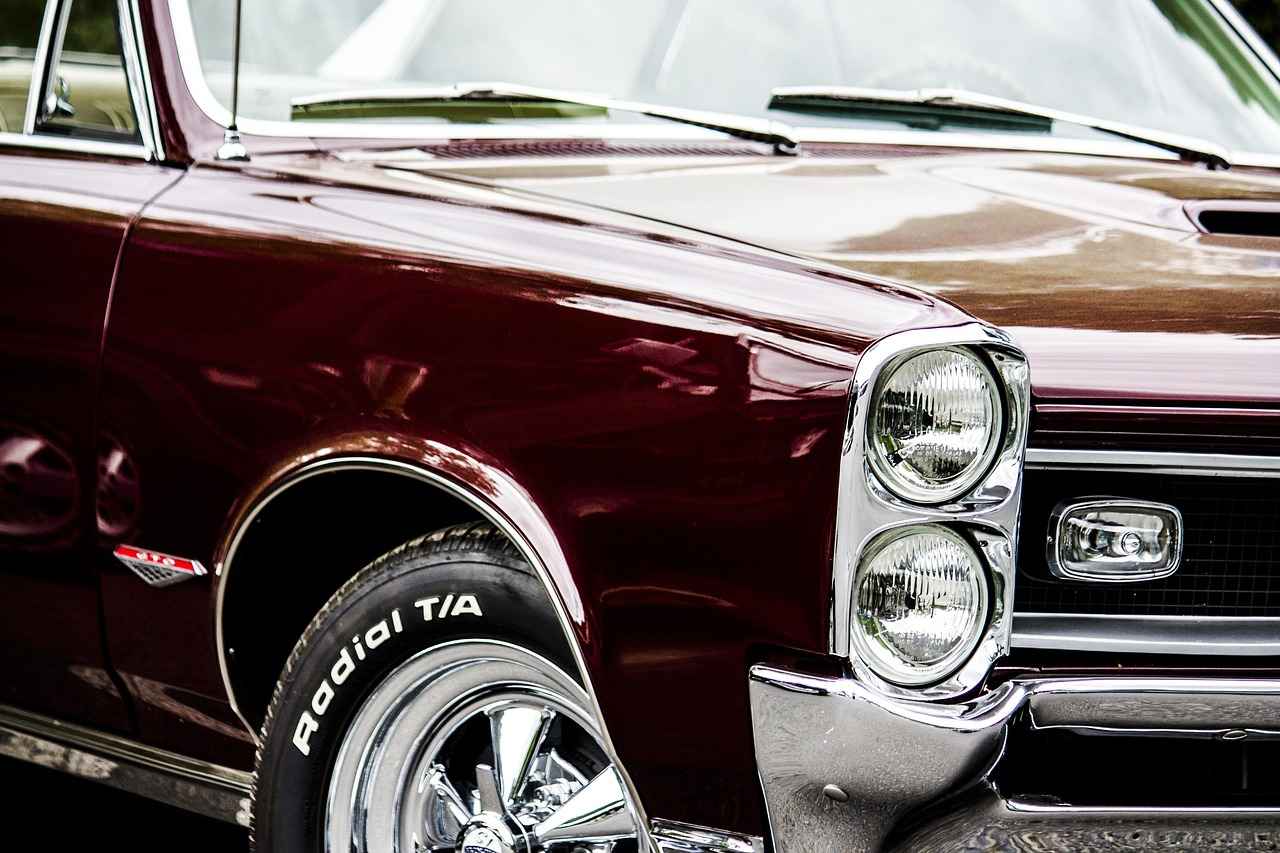
What Tools Do You Need for Installation?
Before you embark on the journey of installing your Bosch windshield wipers, it is crucial to ensure that you have the right tools at your disposal. An organized approach not only makes the installation process smoother but also enhances the overall effectiveness of your new wipers. Below, we outline the essential tools you will need for a successful installation.
Gathering the necessary tools is the first step towards a seamless windshield wiper installation. Below is a list of essential and optional tools that can help you complete the task efficiently.
- Flathead Screwdriver: This tool is indispensable for removing old wipers. It helps in loosening the wiper arm, allowing for an easy replacement.
- Clean Cloth: A clean cloth is vital for maintaining the integrity of your windshield. It prevents scratches during the installation and ensures that the new wipers can perform optimally.
- Socket Wrench: In some vehicle models, a socket wrench may be required to remove the wiper arm. This tool provides the necessary leverage for loosening stubborn bolts.
- Safety Goggles: Protecting your eyes is important, especially when working near the windshield. Wearing safety goggles can prevent any debris from causing harm.
While the tools mentioned above are essential, having additional tools can make the installation process even easier:
- Torque Wrench: This tool helps in applying the correct amount of torque when reattaching the wiper arm, ensuring a secure fit.
- Utility Knife: A utility knife can come in handy for cutting any old adhesive or tape that may be present.
- Lubricant Spray: A lubricant can help in easing the movement of the wiper arms and prolong their lifespan.
By equipping yourself with these tools, you significantly increase your chances of a successful installation. Remember, having the right tools not only saves time but also minimizes the risk of damaging your vehicle during the process.
Once you have gathered all the necessary tools, you are ready to proceed to the next steps of removing the old wipers and installing the new Bosch ones. This preparation phase is critical for ensuring that you can focus on the installation without interruptions.
Essential Tools for Wiper Installation
When it comes to installing windshield wipers, having the right tools is not just a convenience; it’s a necessity. The installation process can be straightforward if you are equipped with the essential tools. In this section, we will delve into the basic tools required for a smooth and efficient installation of Bosch windshield wipers, ensuring that you can complete the task with ease.
Having the right tools at hand is crucial for a successful windshield wiper installation. Below, we outline the basic tools you will need:
- Flathead Screwdriver: This tool is essential for removing old wipers. It helps in loosening the wiper arm, making it easier to replace the wipers. Ensure that you have a screwdriver that fits comfortably in your hand for better control.
- Clean Cloth: A clean cloth is vital for maintaining the integrity of your windshield. It prevents scratches during the installation process and ensures that the new wipers can function optimally. Using a microfiber cloth is recommended as it is gentle yet effective.
- Socket Wrench: In some vehicles, a socket wrench may be necessary to remove the wiper arm. This tool provides the leverage needed to detach stubborn components safely.
- Safety Glasses: Protecting your eyes is important while working on your vehicle. Safety glasses will shield your eyes from debris and potential hazards during the installation process.
- Lubricant Spray: A lubricant can help ease the removal of old wipers and ensure that the new ones are installed smoothly. It is particularly useful if the wiper arms have been in place for a long time.
Gathering these tools before you begin will help streamline the installation process and reduce the risk of complications. Each tool serves a specific purpose, contributing to a more efficient and effective installation.
While the above tools are essential, there are optional tools that can further simplify the installation:
- Torque Wrench: If you want to ensure that the wiper arm is tightened to the manufacturer’s specifications, a torque wrench can be beneficial.
- Trim Removal Tool: This tool can help you avoid damaging the trim around the windshield if you need to remove any covers or panels.
By being well-prepared with both essential and optional tools, you can make the installation of Bosch windshield wipers a hassle-free experience. Remember, the key to a successful installation lies in being organized and having the right equipment at your disposal.
Flathead Screwdriver
When it comes to replacing windshield wipers, having the right tools is essential for a smooth and efficient installation process. One of the most important tools you’ll need is a . This simple yet effective tool plays a crucial role in removing old wipers, allowing you to upgrade to new ones with ease. Below, we will explore the significance of using a flathead screwdriver during this process and provide additional insights into its functionality.
A flathead screwdriver is often required to remove old wipers from your vehicle. The design of the screwdriver allows it to fit into the small crevices of the wiper arm, making it easier to loosen and detach the wiper blade. Without this tool, the process can become cumbersome and potentially damaging to both the wiper arm and the windshield.
- Step 1: Locate the wiper arm’s attachment point on the vehicle.
- Step 2: Use the flathead screwdriver to gently pry open the locking mechanism, if applicable.
- Step 3: Carefully lift the wiper arm away from the windshield.
- Step 4: Once the arm is lifted, use the screwdriver to loosen the wiper blade from the arm by turning the screw counterclockwise.
- Step 5: Remove the old wiper blade and dispose of it properly.
To ensure your flathead screwdriver remains effective, it’s vital to maintain it properly. Here are some tips:
- Keep the blade clean and free from rust.- Store it in a dry place to prevent corrosion.- Regularly check for any signs of damage or wear.
While a flathead screwdriver is essential, having a few additional tools on hand can make the installation process even smoother. Consider using:
- Socket wrench: For easier removal of bolts.
- Rubber mallet: To gently tap stubborn wiper arms.
- Safety glasses: To protect your eyes during the removal process.
In summary, a flathead screwdriver is an indispensable tool when it comes to replacing windshield wipers. Its ability to easily loosen wiper arms makes the installation process more manageable and efficient. By understanding how to properly use this tool and maintaining it, you can ensure that your wiper replacement goes off without a hitch. Remember, investing in quality tools not only saves time but also enhances your overall vehicle maintenance experience.
Clean Cloth
When it comes to maintaining your vehicle, using a clean cloth during windshield wiper installation is not just a good practice; it is essential. A clean cloth serves multiple purposes that directly impact both the installation process and the overall performance of your new windshield wipers.
First and foremost, utilizing a clean cloth helps to prevent scratches on the windshield. Windshields are made of glass, which can be surprisingly vulnerable to scratches, especially during the installation of new wipers. Any debris or dirt left on the surface can lead to unwanted marks that not only affect visibility but can also diminish the aesthetic appeal of your vehicle.
Moreover, a clean cloth ensures that the windshield is free from any residues that could hinder the effectiveness of the new wipers. Residual dirt and grime can create friction and impede the smooth operation of the wipers, leading to streaks and smudges during use. By wiping down the windshield with a clean cloth prior to installation, you are setting the stage for optimal wiper performance.
In addition to protecting the windshield, using a clean cloth can also assist in the installation process itself. When handling the new wipers, it is easy for fingerprints, oil, or other contaminants to transfer onto the rubber blades. This can negatively affect the wipers’ ability to clear water effectively. By using a clean cloth to handle the wipers, you can maintain their integrity, ensuring they work as intended once installed.
To further emphasize the importance of this simple tool, consider the following key points:
- Prevents Scratches: A clean cloth minimizes the risk of scratching the windshield during installation.
- Enhances Performance: Cleaning the windshield ensures that the wipers can operate smoothly without hindrance.
- Maintains Wiper Quality: Handling new wipers with a clean cloth keeps them free from oils and dirt, optimizing their function.
In summary, using a clean cloth is a fundamental step in the windshield wiper installation process. It not only protects your windshield from scratches but also ensures that your new wipers function at their best. By taking this simple precaution, you can enhance the visibility and safety of your vehicle, making it a worthwhile investment in your driving experience.
Optional Tools That May Help
When it comes to installing Bosch windshield wipers, having the right tools can significantly enhance the process. While the essential tools are necessary, there are also optional tools that can make your installation smoother and more efficient. This section explores these optional tools, highlighting their benefits and how they can assist you during the installation.
While the basic tools will get the job done, optional tools can provide additional support, making the installation process easier and more efficient. They can help you avoid common pitfalls and ensure that your new wipers are installed correctly the first time.
- Wrench Set: A wrench set can be beneficial if you encounter stubborn bolts or nuts while removing the old wipers. It provides better leverage and grip compared to a screwdriver.
- Socket Set: Similar to a wrench set, a socket set can help in removing various components that may obstruct access to the wipers.
- Lubricant Spray: Applying a lubricant on the wiper arm pivot can make it easier to remove old wipers and ensure smooth operation of the new ones.
- Safety Glasses: Protecting your eyes while working on your vehicle is essential. Safety glasses can prevent debris from causing injury.
- Step Ladder: If your vehicle is particularly tall, a step ladder can provide the necessary height to easily reach the wipers without straining.
Utilizing optional tools can lead to a more efficient installation. For instance, a wrench or socket set can save time and effort when dealing with stubborn components. Additionally, using a lubricant can prevent wear and tear on the wiper mechanism, prolonging its lifespan.
Moreover, safety glasses ensure that you remain protected throughout the installation process. A step ladder can also provide comfort and accessibility, allowing you to work without the risk of injury.
While not mandatory, using optional tools during the installation of Bosch windshield wipers can significantly enhance your experience. They can simplify tasks, improve safety, and help achieve a professional finish. By considering the use of these tools, you can ensure that your installation is not only successful but also enjoyable.

Step-by-Step Installation Process
Installing Bosch windshield wipers is a straightforward process that can significantly enhance your driving experience by improving visibility and safety. In this section, we will guide you through the to ensure you can complete the task with confidence and ease.
The first step in the installation process is to remove the old wipers. Here’s how to do it:
- Lift the wiper arm: Gently pull the wiper arm away from the windshield until it is in a vertical position.
- Locate the release tab: Most wipers have a small tab or button on the underside of the wiper blade where it connects to the arm. Press this tab to release the wiper.
- Remove the wiper blade: Slide the wiper blade downwards off the wiper arm. Be careful not to let the arm snap back against the windshield.
With the old wipers removed, it’s time to install your new Bosch wipers. Follow these steps:
- Align the new wiper blade: Position the new Bosch wiper blade so that it is aligned with the wiper arm.
- Insert the blade: Slide the wiper blade onto the arm until you hear a click, indicating that it is securely attached.
- Lower the wiper arm: Gently bring the wiper arm back down to the windshield, ensuring it rests flat against the glass.
After installing the new wipers, it’s essential to perform a few checks to ensure everything is functioning correctly:
- Test the wipers: Turn on your vehicle and activate the wipers to ensure they operate smoothly without any noise.
- Check for proper alignment: Ensure that the wipers make full contact with the windshield and are not skipping or leaving streaks.
Sometimes, you may face challenges during installation. Here are common issues and how to troubleshoot them:
- Wipers not making contact: If the wipers are not laying flat against the windshield, check to ensure they are securely attached to the wiper arm.
- Noise during operation: If you hear squeaking or chattering sounds, it could be due to debris on the windshield or the wiper blades themselves. Clean both the glass and the blades to resolve this issue.
By following these detailed steps, you can successfully install Bosch windshield wipers, ensuring that your vehicle is equipped for optimal visibility in all weather conditions. Remember, regular maintenance and timely replacement of wipers are key to safe driving.
Removing the Old Wipers
When it comes to maintaining your vehicle, replacing windshield wipers is a crucial task that can significantly enhance your visibility during adverse weather conditions. The process of removing the old wipers is the first step in this essential maintenance routine. This section will guide you through the necessary steps to safely detach the old wipers without risking damage to your windshield.
To begin, ensure that your vehicle is parked on a level surface and the ignition is turned off. This will prevent any unexpected movements while you are working on the wipers. Follow these steps for a smooth removal process:
- Lift the Wiper Arm: Gently pull the wiper arm away from the windshield until it is in a vertical position. Be cautious not to let the arm snap back against the glass, as this can cause cracks or chips.
- Locate the Release Tab: Most wiper blades are attached using a small release tab. Look for this tab on the underside of the wiper blade where it connects to the wiper arm.
- Press the Release Tab: Firmly press the release tab while simultaneously sliding the wiper blade downwards. This action should detach the blade from the arm.
- Remove the Wiper Blade: Once the blade is released, carefully pull it away from the wiper arm. Avoid using excessive force, as this could damage the arm or the windshield.
- Lower the Wiper Arm: Gently lower the wiper arm back to its resting position on the windshield. Repeat the above steps for the other wiper blade.
It’s important to take your time during this process. Rushing can lead to mistakes that may damage your vehicle. If you’re encountering resistance when trying to detach the wipers, double-check to ensure that you are pressing the release tab correctly.
After successfully removing the old wipers, it’s advisable to clean the area around the wiper arms and the windshield to prepare for the installation of the new Bosch wipers. This will help ensure that the new wipers function effectively and maintain a clear view.
In conclusion, removing old wipers is a straightforward task that requires careful attention to detail. By following the above steps, you can safely detach your old wipers without causing any harm to your windshield. Next, you will be ready to install your new Bosch wipers, ensuring a safer driving experience.
Installing the New Bosch Wipers
After successfully removing the old wipers, it’s time to focus on . This crucial step is essential for ensuring your vehicle’s visibility and safety during adverse weather conditions. Below is a detailed guide to help you attach the new wipers correctly and efficiently.
Installing Bosch windshield wipers is a straightforward process that can be completed in just a few minutes. Follow these steps to ensure a proper installation:
- Align the New Wiper: Begin by taking the new Bosch wiper and aligning it with the wiper arm. Make sure the wiper blade is facing the correct direction to ensure optimal performance.
- Engage the Clip: Most Bosch wipers come with a clip mechanism. Gently push the wiper blade onto the arm until you hear a click sound, indicating that it is securely attached.
- Check for Stability: Once attached, gently pull on the wiper blade to confirm it is firmly in place. It should not wobble or come loose.
- Repeat for the Other Wiper: If you are replacing both wipers, repeat the above steps for the second wiper.
Proper installation of your Bosch wipers is vital for several reasons:
- Visibility: Well-installed wipers ensure that your windshield is cleared effectively, providing you with a clear view of the road.
- Safety: Inadequate wiper performance can lead to dangerous driving conditions, especially during rain or snow.
- Longevity: Correct installation helps in maintaining the longevity of the wipers, preventing premature wear and tear.
Once your Bosch wipers are installed, consider these maintenance tips to prolong their lifespan:
- Regular Cleaning: Clean the wiper blades and the windshield regularly to remove dirt and debris that can cause damage.
- Avoid Dry Wiping: Ensure the windshield is wet before using the wipers to prevent scratching.
- Inspect Periodically: Check your wipers for any signs of wear, such as cracks or tears, and replace them as needed.
If you experience any issues after installation, such as the wipers not functioning correctly, consider the following troubleshooting tips:
- Check the Attachment: Ensure that the wipers are securely attached to the wiper arms.
- Inspect for Obstructions: Look for any debris that may be hindering the movement of the wipers.
- Test the Wiper Motor: If the wipers are not moving at all, there may be an issue with the wiper motor that needs professional attention.
By following these guidelines, you can successfully install your new Bosch wipers and ensure they function optimally, enhancing your driving experience in any weather condition.

Common Issues and Troubleshooting Tips
Installing windshield wipers can significantly enhance your vehicle’s visibility and safety, but even with careful installation, issues may arise. Understanding these common problems and knowing how to troubleshoot them can save you time and frustration. Below, we delve into frequent installation challenges and provide practical solutions.
Wiper installation issues can stem from a variety of factors, including improper attachment, compatibility problems, or even environmental conditions. Understanding these causes can help you address them effectively. Here are some common issues:
If your new wipers aren’t laying flat, it can hinder their performance. This issue may occur due to:
- Incorrect Installation: Ensure that the wipers are securely attached to the wiper arm.
- Worn Wiper Arms: If the wiper arms are bent or damaged, they may not hold the wipers correctly.
- Compatibility Issues: Verify that the wipers are the correct size and type for your vehicle.
To resolve this, check the installation instructions and ensure the wipers are correctly positioned. If the arms are damaged, consider replacing them.
Experiencing noise while the wipers are in use can be frustrating. Common reasons for this issue include:
- Dirty Windshield: Dirt and debris on the glass can cause the wipers to skip or chatter.
- Worn Wiper Blades: Old or damaged blades may not glide smoothly.
- Improper Pressure: If the wiper arms are not applying enough pressure, it can lead to noise.
To troubleshoot, clean the windshield thoroughly and inspect the wiper blades for wear. If necessary, replace the blades to ensure quiet operation.
If your wipers are skipping or leaving streaks, it can impair visibility. This issue is often caused by:
- Worn Blades: Old or damaged blades can lead to ineffective wiping.
- Incorrect Angle: If the wipers are not positioned at the correct angle, they may not make proper contact with the windshield.
- Improper Installation: Ensure that the wipers are installed according to the manufacturer’s guidelines.
To fix this, replace worn blades and adjust the angle of the wipers if necessary. Following the installation instructions carefully can prevent this issue.
If your wipers stop functioning while in use, it could be due to:
- Electrical Issues: A blown fuse or faulty wiring may prevent the wipers from operating.
- Worn Motor: The wiper motor may be failing and require replacement.
Check the vehicle’s fuse box and replace any blown fuses. If the issue persists, consult a professional mechanic to inspect the wiper motor.
By addressing these common issues and following the troubleshooting tips provided, you can ensure that your Bosch windshield wipers perform effectively. Regular maintenance and timely replacements will enhance your driving experience and maintain optimal visibility in various weather conditions.
Wipers Not Laying Flat
If your new wipers aren’t laying flat against the windshield, this could indicate a problem that needs immediate attention. Proper contact between the wiper blades and the glass is essential for optimal visibility and safety while driving. In this section, we will explore the potential causes of this issue and provide effective solutions to ensure your wipers function as intended.
There are several reasons why your windshield wipers may not be making adequate contact with the glass:
- Incorrect Installation: If the wipers were not installed correctly, they may not sit flush against the windshield. This can happen if the wiper arm is not aligned properly or if the blade is not secured correctly.
- Worn Wiper Blades: Over time, wiper blades can become worn or damaged. If the rubber is cracked or the blade is bent, it may not lay flat against the glass.
- Improper Wiper Arm Tension: The tension of the wiper arm is crucial. If the spring mechanism is weak or damaged, it may not apply enough pressure to keep the blade in contact with the windshield.
- Windshield Contours: Some vehicles have curved windshields that can affect how the wipers make contact. If the wipers are not designed for the specific curvature of your windshield, they may not lay flat.
Addressing the issue of wipers not laying flat involves a few straightforward steps:
- Check Installation: Begin by inspecting the installation of the wipers. Ensure that the wiper arms are securely attached and that the blades are properly aligned. If necessary, consult the installation manual for guidance.
- Replace Worn Blades: If the blades are damaged or worn out, it’s essential to replace them. Choose high-quality replacement blades that are compatible with your vehicle to ensure proper fit and function.
- Adjust Wiper Arm Tension: If the wiper arms seem loose, you may need to adjust the tension. This can often be done by tightening the nut that secures the wiper arm to the motor shaft. However, if the spring mechanism is damaged, replacement of the entire wiper arm may be necessary.
- Use the Correct Wiper Blades: Ensure that you are using the correct type of wiper blades for your vehicle. Consult your vehicle’s manual or a professional to find the right blades designed for your windshield’s curvature.
If you have attempted these solutions and your wipers still do not lay flat against the windshield, it may be time to consult a professional mechanic. They can diagnose underlying issues that may not be immediately visible, such as problems with the wiper motor or electrical connections.
Maintaining your windshield wipers is crucial for safe driving conditions. Regularly inspect your wipers for wear and ensure they are functioning properly. By addressing issues promptly, you can enhance your vehicle’s visibility and overall safety on the road.
Noise During Operation
When it comes to maintaining your vehicle, ensuring that your windshield wipers function properly is crucial for safety and visibility. One common issue that many drivers encounter is noise during wiper operation. This can be both distracting and concerning, prompting the need for a deeper understanding of the causes and solutions.
There are several reasons why your windshield wipers might produce noise while operating. Understanding these causes can help you address the issue effectively:
- Worn Wiper Blades: Over time, the rubber on wiper blades can wear down, leading to a squeaking or chattering noise against the windshield.
- Improper Installation: If the wipers are not installed correctly, they may not make proper contact with the glass, resulting in noise during operation.
- Debris on the Windshield: Dirt, leaves, or other debris trapped between the wiper blades and the windshield can create friction and noise.
- Faulty Wiper Motor: A malfunctioning wiper motor can cause erratic movement, leading to unusual sounds during operation.
To resolve the issue of noise while your wipers are in use, consider the following steps:
- Inspect and Replace Wiper Blades: Regularly check your wiper blades for signs of wear. If they appear cracked or torn, it’s time to replace them with new ones.
- Check Installation: Ensure that your wipers are installed according to the manufacturer’s instructions. If unsure, refer to the installation guide or seek professional help.
- Clean the Windshield: Keep your windshield clean and free from debris. Use a glass cleaner and a microfiber cloth to maintain clarity and reduce noise.
- Examine the Wiper Motor: If the noise persists after checking the blades and installation, it may be worth inspecting the wiper motor for any signs of malfunction.
If you’ve tried the above solutions and your wipers are still making noise, it may be time to consult a professional. A mechanic can diagnose underlying issues that may not be immediately apparent, ensuring your wipers operate smoothly and effectively.
To prolong the life of your windshield wipers and minimize noise, consider the following maintenance tips:
- Use Wiper Fluid: Regularly refill your windshield washer fluid to keep the glass clean and reduce friction.
- Park in Shade: Whenever possible, park your vehicle in shaded areas to prevent the rubber from deteriorating due to sun exposure.
- Seasonal Checks: Conduct seasonal checks to ensure your wipers are in good condition, especially before adverse weather conditions.
By understanding the causes of noise during wiper operation and implementing these solutions, you can enhance your driving experience and ensure your windshield wipers function optimally.
Frequently Asked Questions
- How do I know which Bosch wipers fit my vehicle?
You can easily find the right Bosch wipers for your vehicle by checking the product specifications on the Bosch website or consulting with your local auto parts store. Just have your vehicle’s make, model, and year handy!
- Can I install Bosch wipers myself?
Absolutely! Installing Bosch wipers is straightforward and can be done at home with minimal tools. Just follow the step-by-step guide provided, and you’ll be good to go!
- What if my new wipers make noise during operation?
No one likes a squeaky wiper! If you hear noise, it might be due to improper installation or dirt on the windshield. Make sure to clean both the wipers and the glass, and ensure the wipers are securely attached.
- How often should I replace my windshield wipers?
It’s a good idea to replace your wipers every 6 to 12 months, especially if you notice streaking or skipping. Regular checks can keep your visibility clear and safe!
- What tools do I need to install Bosch windshield wipers?
For a smooth installation, you typically need a flathead screwdriver and a clean cloth. Optional tools might include pliers for stubborn wiper arms.

